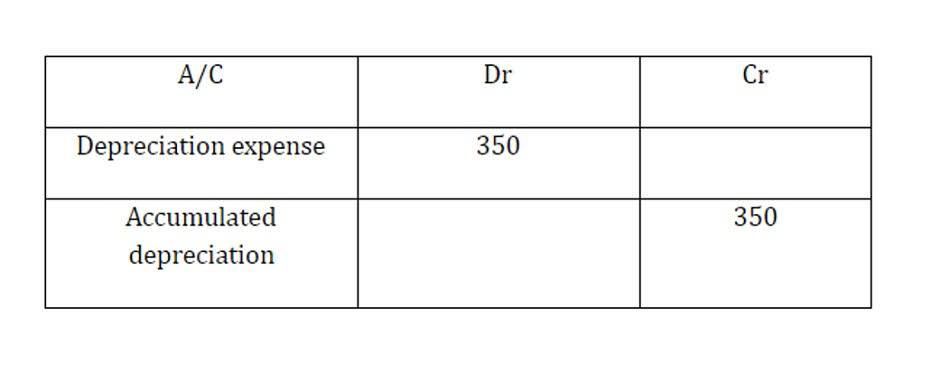The entire cycle is meant to keep financial data organized and easily accessible to both internal and external users of information. The ‘Word hints’ are phrases you may see in the description of a transaction that will give you a hint to use this account. Not all accounts have word hints because many accounts are...
Mastering the Accounting Cycle: A Step-by-Step Guide

The entire cycle is meant to keep financial data organized and easily accessible to both internal and external users of information. The ‘Word hints’ are phrases you may see in the description of a transaction that will give you a hint to use this account. Not all accounts have word hints because many accounts are self-explanatory. The wording of this transaction can be different depending on the textbook.

1: The Essential Role of Transaction Analysis
Ensuring the accounting equation is balanced is vital in analyzing accounting transactions. You must make an equal-amount credit entry for every debit entry. Accounting information systems were paper based until the introduction of https://www.bookstime.com/ the computer, so special journals were widely used. When accountants used a paper system, they had to write the same number in multiple places and thus could make a mistake. Now that most businesses use digital technology, the step of posting to journals is performed by the accounting software. The transactions themselves end up on transaction files rather than in paper journals, but companies still print or make available on the screen something that closely resembles the journals.
( . Determining the nature of accounts involved:
The first four chapters of Financial Accounting or Principles of Accounting I contain the foundation for all accounting chapters and classes to come. It’s critical for accounting students to get a good foundation in the first few chapters. We’ve developed this resource to help accounting students master the basics of analyzing accounting transactions.
- The ‘Word hints’ are phrases you may see in the description of a transaction that will give you a hint to use this account.
- T-accounts use debits, which increase the balance of asset accounts and lower the amount of debt or owner’s equity accounts, respectively.
- We would enter these four types of transactions into their own journals, respectively, rather than in the general journal.
- He will maintain an organized record of all of Supreme Cleaners’ financial activities from their inception, using an accounting process meant to result in accurate financial statement preparation.
- Accounts for revenue, expenses, assets, liabilities, and owner’s equity make up most transaction analysis in an income statement or balance sheet.
Table of Contents

Activities would include paying an employee, selling products, providing a service, collecting cash, borrowing money, and issuing stock to company owners. Once the original source has been identified, the company will analyze the information to see how it influences financial records. As discussed in Define and Examine the Initial Steps in the AccountingCycle, the first step in the accounting cycle is toidentify and analyze transactions.
Posting to general ledger
- If the answer is yes, the company will then analyze the informationfor how it affects the financialstatements.
- Accounting textbooks take three different approaches to teaching students how to analyze transactions.
- There is also a single column for the debit to Cost of Goods Sold and the credit to Merchandise Inventory, though again, we need to post to both of those.
- We realize this is a high bar and so we are also working on a new price recommendation feature that will work for a wider audience, and hope to have more to share in the near future.
- You can see that a journal has columns labeled debit and credit.
The partnership divides the owner equity among its members, allocating each member’s share to an individual account. It’s crucial https://www.facebook.com/BooksTimeInc/ to review each transaction during an accounting period to ensure accurate recording of financial records. The initial phase of the accounting cycle consists of recording transactions, balancing the books, and reporting financial results to stakeholders. Transaction analysis is important to establish how a business transaction appears in the company’s books. A transaction takes place whenever there is an exchange of money or products. The accounting cycle procedure begins immediately upon the occurrence of a business transaction.
Essentially, the accounting cycle represents a carefully orchestrated series of steps that converts raw financial data into meaningful and comprehensible reports. A business transaction is an activity or event that has an effect on a company’s financial position or performance, and which can be measured in terms of money. If Mr. Bright, owner of Bright Productions, buys a car for personal use using his own money, it will not be reflected in the books of the company. Now if the company purchases a truck for its deliveries, then that would be a business transaction of the company.
Importance of the Accounting Cycle

Double Entry Bookkeeping is here to provide you with free online information to help you learn and understand bookkeeping and introductory accounting. It is not taken from previous examples but is intended to stand alone. When filling in a journal, there are some rules you need to follow to improve journal entry organization. Items that help manufacture or support the manufacture of inventory or the provision of a good or service. This includes items like a bottling machine at a beverage business right through to office computers and printers.
What is the simple example of the accounting period concept?
We can review how each transaction would affect the basic accounting equation. A company’s financial stability rests on the shoulders of its bookkeepers. It does more than paint an accurate financial picture; it equips company executives to make educated choices. Accurate bookkeeping and financial accounting are crucial for analyze transactions proper recording of business transactions. This attention to detail is crucial to building a long-lasting, profitable company. In the second step, the nature of accounts identified in the first step is determined.
( . Application of rules of debit and credit:
Each of these categories, in turn, includes many individual accounts, all of which a company maintains in its general ledger. A general ledger is a comprehensive listing of all of a company’s accounts with their individual balances. As you can see, assets total $32,600, while liabilities added toequity also equal $32,600. In Use Journal Entries to Record Transactions and Post toT-Accounts, we add other elements to the accountingequation and expand the equation to include individual revenue andexpense accounts. Accounts for revenue, expenses, assets, liabilities, and owner’s equity make up most transaction analysis in an income statement or balance sheet.
